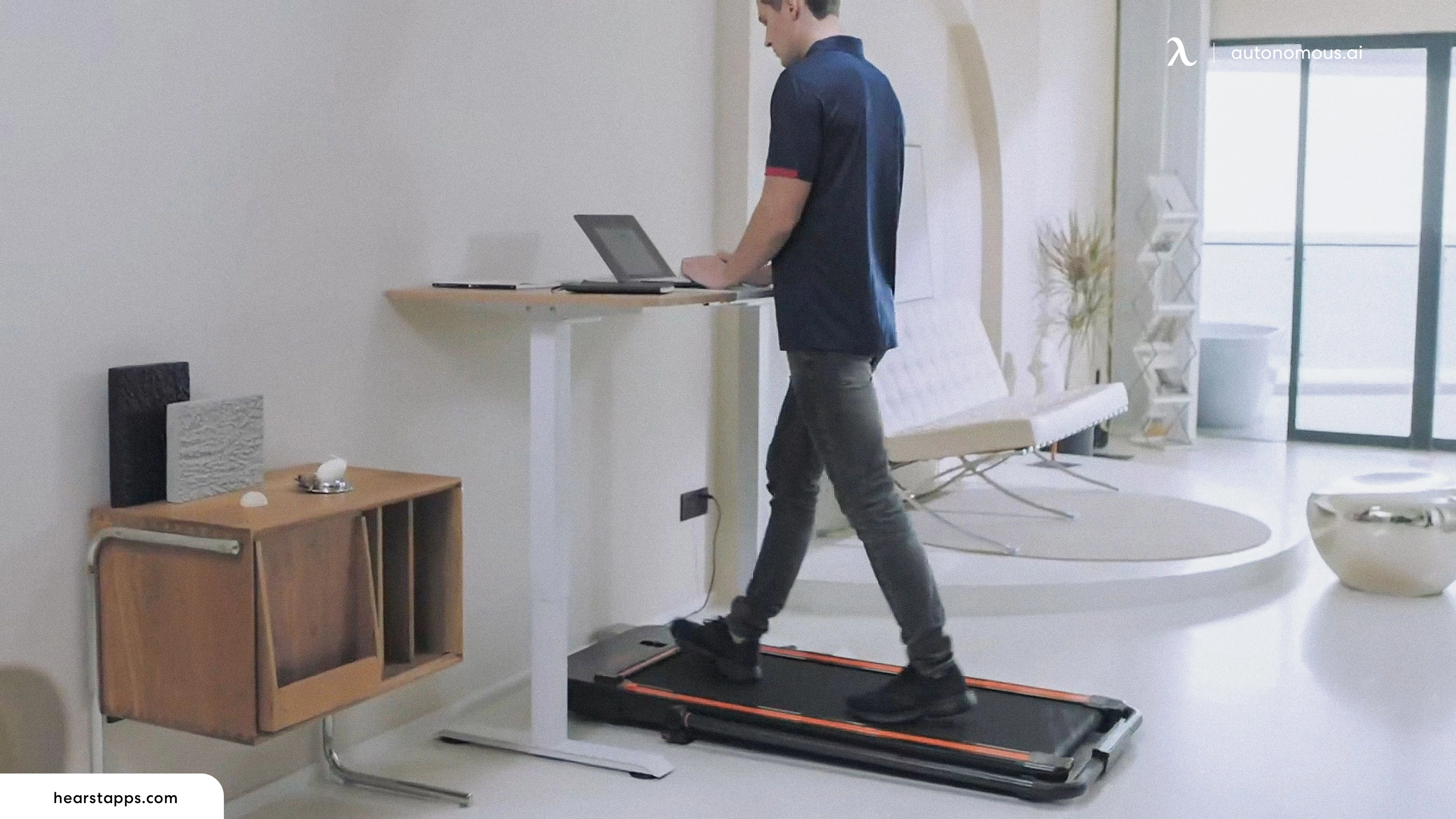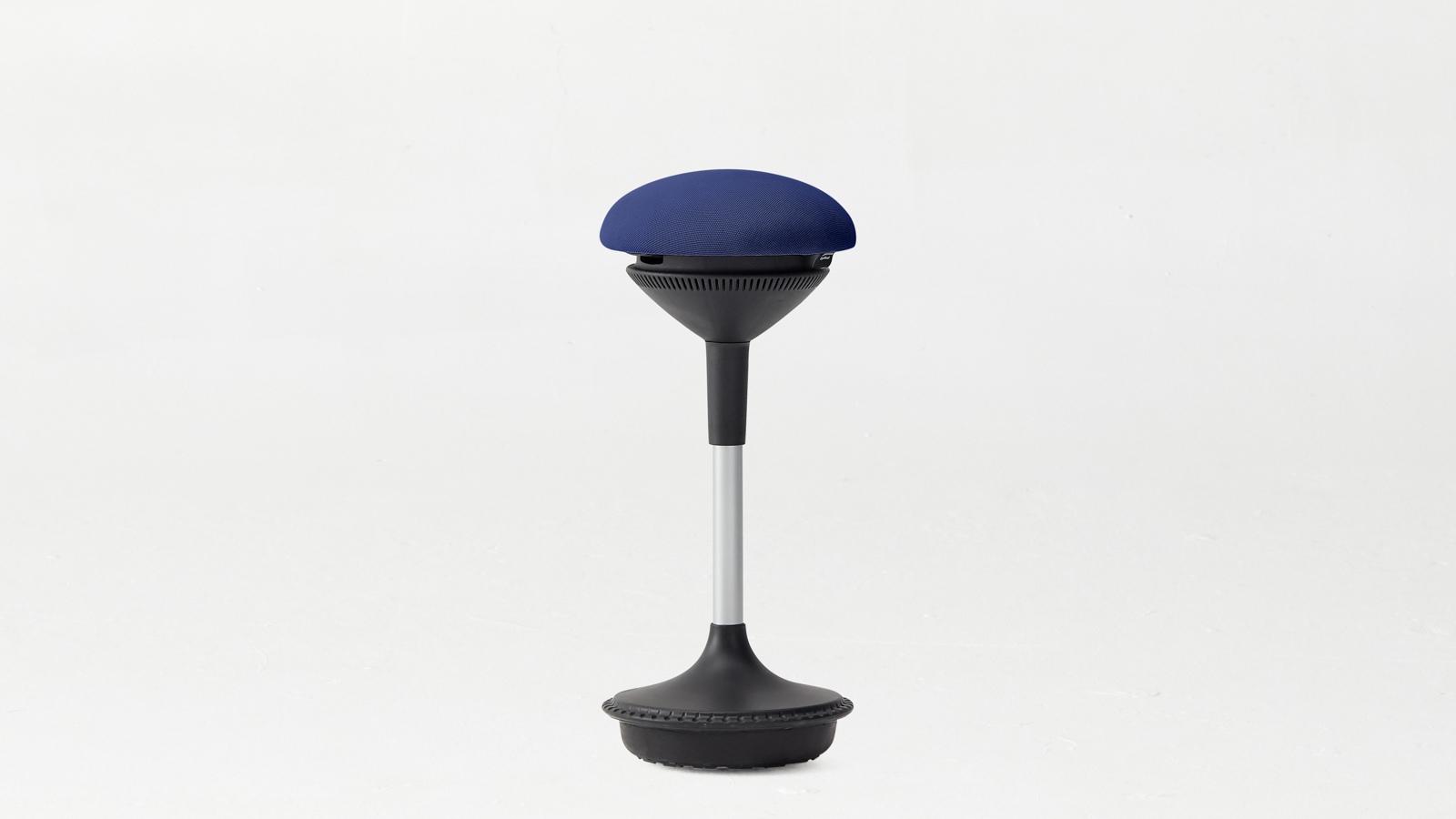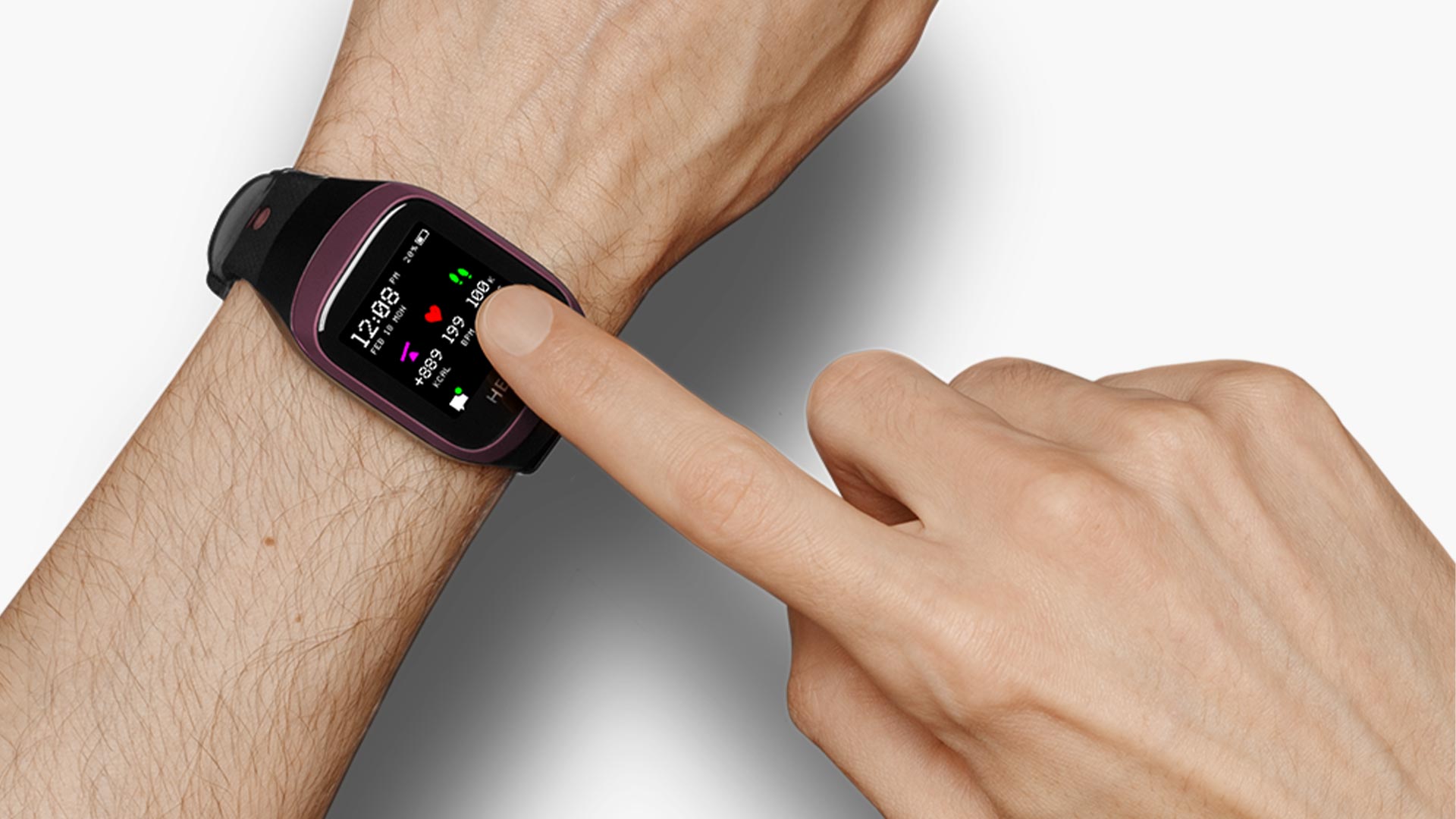
Table of Contents
- 1. Understanding Calorie Burn
- 2. Key Factors Affecting Calorie Burn in 10,000 Steps
- 3. Estimating Calories Burned for Different Weights
- 4. How Many Calories is 10K Steps vs. Other Physical Activities?
- 5. Health Benefits Beyond Calorie Burn from Walking 10,000 Steps
- 6. Tips to Maximize Calorie Burn from Walking
- 7. FAQs
- Conclusion
Walking is one of the most accessible forms of exercise, and 10,000 steps a day has become a widely recommended daily goal for improving health and fitness. But if you’re wondering, “how many calories does 10,000 steps burn?” you’re not alone. This guide will dive into the calorie burn from walking 10,000 steps, covering factors like weight, speed, and terrain to help you understand how to maximize the benefits of your daily step count.
1. Understanding Calorie Burn
The number of calories burned while walking 10,000 steps varies from person to person, depending on several key factors, including body weight, walking speed, and intensity. On average:
- A person weighing 120 pounds burns about 250–300 calories walking 10,000 steps at a moderate pace.
- A person weighing 150 pounds burns around 300–400 calories under the same conditions.
- A person weighing 200 pounds may burn approximately 400–500 calories walking the same number of steps.
These numbers provide a rough estimate, but they highlight how your body weight significantly influences calorie burn. Heavier individuals expend more energy for the same activity, leading to higher calorie burn. While 10,000 steps is an effective way to increase daily activity, it’s also helpful to know how many calories you should burn a day to meet health goals, whether for weight maintenance, loss, or gain. This number varies by individual and is influenced by factors like age, weight, and lifestyle.
It’s crucial to differentiate between active calories vs. total calories when considering calorie burn from walking 10,000 steps. Active calories are those burned through physical activity, like walking, while total calories include both active calories and those burned at rest. Tracking both can provide a fuller picture of your daily energy expenditure.
Your body burns calories even when you’re not moving. Understanding how many calories the body burns at rest (known as your basal metabolic rate) can help you estimate how much additional activity, like walking, is needed to reach your calorie goals. For instance, even if you don’t hit 10,000 steps, your resting calorie burn contributes significantly to your overall total.

2. Key Factors Affecting Calorie Burn in 10,000 Steps
The question, “how many calories do I burn walking 10,000 steps?” doesn’t have a one-size-fits-all answer. Let’s break down the factors that influence calorie burn from 10,000 steps.
2.1. Body Weight
As mentioned, body weight plays a significant role. A higher body weight means the body requires more energy to move, increasing calorie burn. If you’re tracking calories as part of a weight loss goal, knowing your approximate burn rate can help you better plan your diet and exercise routine.
2.2. Walking Speed
Moderate Pace: At an average walking speed of 3 mph, a 150-pound person can expect to burn around 300–400 calories over 10,000 steps.
Brisk Pace: If you increase your speed to a brisk 4 mph, you can burn even more. A faster pace engages more muscle groups and burns more calories.
Intense Walking (5 mph or higher): Walking at a very fast pace, nearly equivalent to jogging, burns significantly more calories than a moderate or brisk walk.
2.3. Terrain and Incline
Walking uphill or on uneven terrain requires more energy than walking on flat ground. For example, walking up a hill can increase calorie burn by 30–40%, depending on the steepness.
Inclines can also engage more muscle groups, including your glutes, hamstrings, and calves, which can improve overall fitness while increasing calorie burn.
2.4. Environmental Conditions
Walking in hot or cold weather can subtly impact calorie burn as your body works to maintain a stable internal temperature. While this may not drastically affect calorie counts, every bit counts, especially for those tracking calories closely.
2.5. Walking Technique and Intensity
Using techniques like power walking, where you exaggerate arm swings and increase your pace, can help you burn more calories. Adding weight, such as carrying a backpack or wearing a weighted vest, can also enhance calorie expenditure, but should be done cautiously to avoid strain. If you’re trying to determine your active calories per day target, adding a daily 10,000 steps can be a great foundation. This goal, combined with awareness of resting calories and total caloric needs, can help you manage your energy balance effectively, supporting your fitness goals and overall well-being.

3. Estimating Calories Burned for Different Weights
Below is an estimated calorie burn chart based on weight and speed for walking 10,000 steps:
| Weight (lbs) | 3 mph (Moderate Pace) | 4 mph (Brisk Pace) | 5 mph (Fast Pace) | Incline (3 mph, Moderate Pace) |
|---|---|---|---|---|
| 120 | 250–300 calories | 350–400 calories | 450–500 calories | 325–375 calories |
| 130 | 270–320 calories | 375–425 calories | 475–525 calories | 350–400 calories |
| 140 | 290–340 calories | 400–450 calories | 500–550 calories | 375–425 calories |
| 150 | 300–400 calories | 400–500 calories | 525–600 calories | 400–450 calories |
| 160 | 320–420 calories | 425–525 calories | 550–625 calories | 425–475 calories |
| 170 | 340–440 calories | 450–550 calories | 575–650 calories | 450–500 calories |
| 180 | 360–460 calories | 475–575 calories | 600–675 calories | 475–525 calories |
| 190 | 380–480 calories | 500–600 calories | 625–700 calories | 500–550 calories |
| 200 | 400–500 calories | 525–625 calories | 650–725 calories | 525–575 calories |
| 210 | 420–520 calories | 550–650 calories | 675–750 calories | 550–600 calories |
| 220 | 440–540 calories | 575–675 calories | 700–775 calories | 575–625 calories |
| 230 | 460–560 calories | 600–700 calories | 725–800 calories | 600–650 calories |
| 240 | 480–580 calories | 625–725 calories | 750–825 calories | 625–675 calories |
Notes on the Table:
- 3 mph (Moderate Pace): This pace is equivalent to a casual walk, commonly used for relaxed strolls or steady paces.
- 4 mph (Brisk Pace): This pace is a faster walk, engaging more muscle groups and resulting in a higher calorie burn.
- 5 mph (Fast Pace): Walking at 5 mph is near jogging speed, greatly increasing calorie burn.
- Incline Walking: Walking at a moderate pace on an incline increases resistance, making it harder to walk and burning more calories. The incline can vary, with most treadmills offering inclines of up to 15 degrees.
4. How Many Calories is 10K Steps vs. Other Physical Activities?
Walking 10,000 steps is a great start, but how does it compare to other exercises?
Running: Running burns significantly more calories than walking due to the intensity. For example, a 150-pound person burns about 600–700 calories per hour running at 5 mph, compared to about 300–400 calories per hour of walking.
Cycling: Moderate cycling at 12–14 mph burns around 400–600 calories per hour for a 150-pound individual, which can be higher than walking, depending on the speed and duration.
Swimming: Swimming is also a high-calorie-burning activity, with a 150-pound person burning around 400–500 calories per hour during moderate-paced swimming.
High-Calorie Burn Activities: For those aiming for higher calorie burn, it can be insightful to consider alternative exercises.
For instance, the StairMaster calories burned is significantly higher per minute than walking. Many find incorporating exercises like the StairMaster effective for achieving a caloric deficit, especially when weight loss is the goal. If your objective is weight gain, on the other hand, a weight gain calorie calculator can help you determine daily intake needs, which might include more calories than you’re burning.
Tracking your daily calorie intake and burn rate can be highly beneficial for those working toward specific fitness goals. For this purpose, a calorie tracking app can simplify monitoring, helping you gauge your caloric intake versus output. And if you’re aiming to lose weight, understanding how a caloric deficit works can clarify the role of calorie-burning activities like walking in reaching your target.
Beyond dedicated exercise, everyday choices can also impact calorie burn. For example, simply opting to stand rather than sit can make a difference. Studies show that standing does burn calories, even if modestly, and choosing to stand over sitting throughout the day can contribute to your daily total.

5. Health Benefits Beyond Calorie Burn from Walking 10,000 Steps
The benefits of walking 10,000 steps daily extend beyond calorie burn, offering improvements to overall health and well-being:
Heart Health: Walking regularly promotes cardiovascular health by strengthening the heart, improving circulation, and lowering blood pressure.
Mental Well-Being: Walking releases endorphins, often called the “feel-good” hormones, which can boost mood, reduce stress, and alleviate symptoms of anxiety and depression.
Muscle Tone and Joint Mobility: Walking works various muscle groups, especially when done on different terrains. It also helps maintain joint flexibility, which is crucial for preventing age-related mobility issues.
Improved Blood Sugar and Insulin Sensitivity
Regular walking helps control blood sugar levels, which is beneficial for those managing or preventing diabetes.
Weight Management: When combined with a balanced diet, walking 10,000 steps can help maintain a healthy weight by burning calories and reducing body fat over time.
.webp)
6. Tips to Maximize Calorie Burn from Walking
If you’re aiming to burn more calories from your 10,000 steps, here are some tips:
- Increase Your Pace: Walk briskly or add short bursts of speed to raise your heart rate and calorie burn.
- Use a Standing Desk: A standing desk keeps you active even while working, helping burn extra calories compared to sitting.
- Alternate Sitting and Standing: Switching between sitting and standing during the day can add up. Learn more about calories burned standing vs. sitting to boost your daily energy expenditure.
- Add Hills or Stairs: Walking on inclines or stairs activates more muscles, which increases your calorie burn with each step.
- Use a Fitness Tracker: Setting step goals and tracking progress with an app keeps you motivated to stay active and reach your daily target.
7. FAQs
How many calories does 10,000 steps burn on average?
The average calorie burn for 10,000 steps varies by weight, speed, and terrain but typically ranges between 250–500 calories for a moderate walk. Heavier individuals and those who walk briskly or on inclines tend to burn more.
How many calories do I burn walking 10,000 steps daily?
Walking 10,000 steps a day can help burn 250–500 calories, depending on individual factors like weight and pace. Over time, this calorie burn can contribute to weight management and overall health.
Is walking 10,000 steps enough to lose weight?
Walking 10,000 steps daily can support weight loss when combined with a balanced diet. The calories burned from walking 10,000 steps can help create a caloric deficit, which is essential for weight loss.
How many calories is 10K steps compared to other activities?
While walking 10,000 steps burns an average of 300–500 calories, more intense activities like running or cycling burn significantly more calories in the same time frame.
How many calories is 10,000 steps a day for a person who weighs 150 pounds?
A person weighing 150 pounds burns approximately 300–400 calories from 10,000 steps at a moderate pace, and potentially more with brisk walking or added inclines.

Conclusion
Walking 10,000 steps a day is a valuable way to boost your fitness and calorie burn, but understanding the factors that influence calorie expenditure can help you maximize results. For those who prefer indoor exercise, there are numerous benefits of walking on a treadmill, such as maintaining a steady pace and controlling incline, which can add variety to your workout and keep you engaged. To enhance weight loss, learning what is a good speed to walk on a treadmill to lose weight can guide you in setting realistic speed goals tailored to your fitness level.
When weighing the pros and cons of walking versus running, consider your personal health goals. Walking is lower impact, while running can yield faster calorie burn. Discover the benefits and effects of running and walking to decide which might best suit your lifestyle. Ultimately, if weight loss is a priority, you might also ask, how many steps should I walk to lose weight? Setting a daily step target aligned with your goals and consistency will bring you closer to achieving the results you desire.
Get exclusive rewards
for your first Autonomous blog subscription.
Spread the word
You May Also Like

.jpg)


.png)





-7512dd9e-3510-42ed-92df-b8d735ea14ce.svg)


